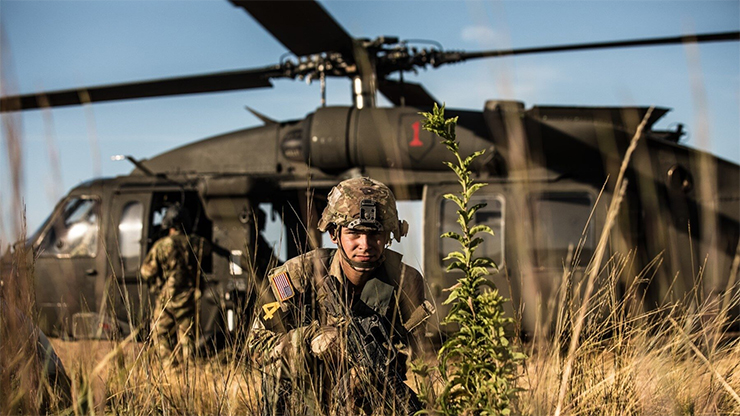
Washington: The US Army wants to modernise its aging system for planning and executing fires, and is planning to move to a multi-vendor approach in what one service official said is a brand new move for the service.
Historically, “a very small number of industry” has been involved in the Advanced Field Artillery Tactical Data System (AFATDS), the Army’s main command and control system, because “it’s very complicated, it’s very niche,” Mark Kitz, program executive officer for command, control, communications-tactical (PEO C3T) said.
“However, at the end of the day, it’s just data where we’re building applications on top of data,” he said. “And so in my first couple of months here, what one of the challenges I’ve [given] to industry is, ‘Hey, let’s not treat AFATDS as this really special thing. Let’s treat it as an application that any number of vendors can be developing on top of when we treat it as just fires data.’”
Because the system is so old — Kitz said the code for AFATDS was written in 1995 — anytime the service wants “to do sort of a data exchange, we have to go back and modify that system,” he added.
“Fires is all about moving data …To me, that’s the key part here,” he said. And we built this huge application over 20 years, that does so many things. And it works really, really, really, really, really good. But anytime we want to do anything different…we have to change or modify this monolithic application. What we want to do then, is turn it on its head, and sort of build out the suite of applications so that as we want to share data with a coalition partner, as we want to build a new variant of this technology, we can do that much more readily.”
To help modernise AFATDS, the Army is opening up the competition to all industry vendors, a new approach that will allow the service to have multiple vendors build out the software development process for the system. According to the Army, Leidos is the primary contractor for the system.
The service is planning to formally ask industry through a request for information for AFATDS modernisation before the Army’s next technical exchange meeting slated for this December.
“Here’s the bottom line, though…I want to increase the pool of industry partners that are able to compete, and I want it to be a team of industry,” Kitz said. “I don’t want a lead system integrator. I don’t want one teammate. I want a team of industry that’s going after this really robust set of applications that modernises this sort of monolithic, single application.”















